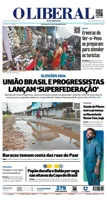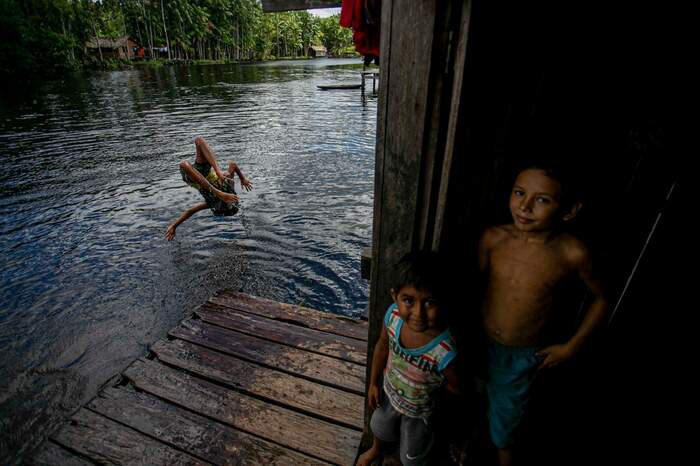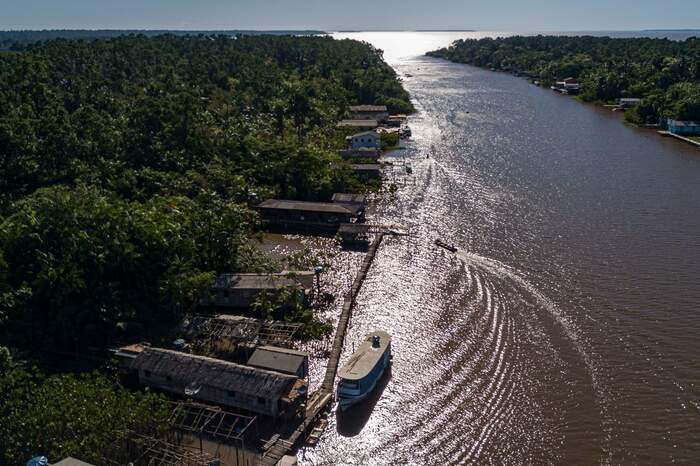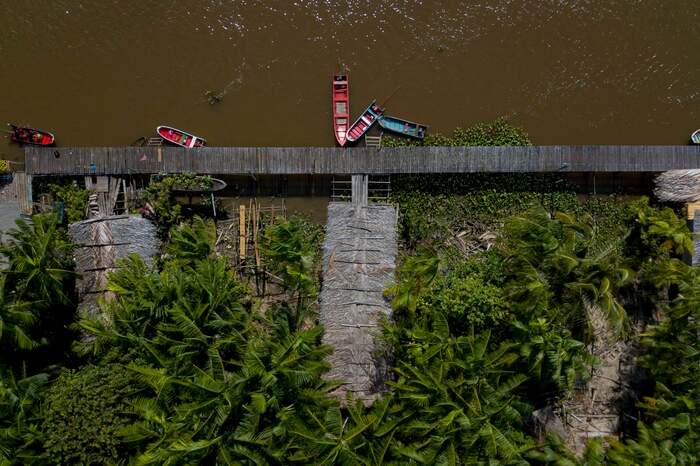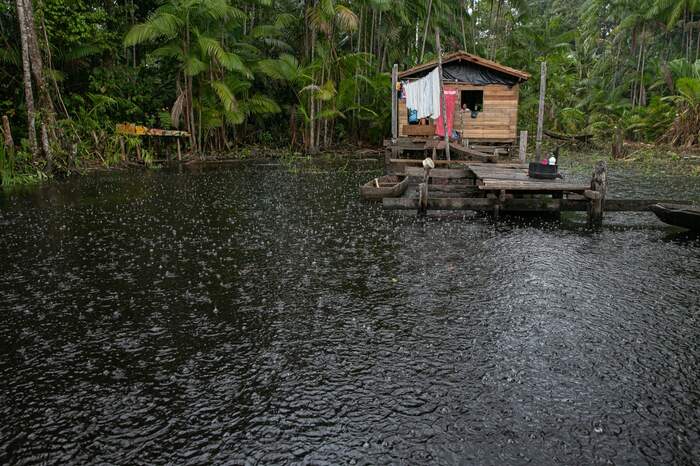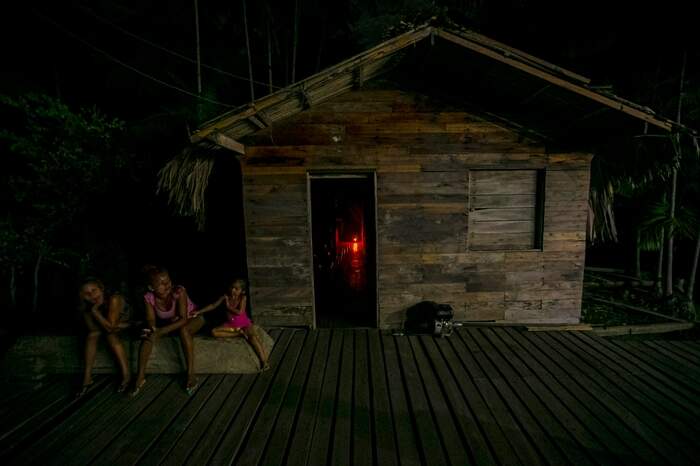Amazon paradox: 66% of the worst municipalities in Brazil are in the Amazon
Without new data updates, which would be done by the Censo/Ibge, the region has no direction for public policies and lives a daily life of misery. The region concentrates the worst human development indexes in the country.
Despite the globally recognized natural wealth, the Brazilian Amazon concentrates the worst indicators of social development in the country. According to the Municipal Human Development Index (MHDI), 66% of the last 50 municipalities on the list are located in the region, totaling 33 cities.
Listen to the comment on this news:
At the top of the list, no Amazon city is among the top 50. The last thirteen positions of the ranking - which includes all 5,570 Brazilian municipalities - are also located in states of the Legal Amazon.
Only with an updated x-ray it would be possible to outline and execute specific public policies, in order to improve the situation, which in the case of the Amazon, is critical.
The MHDI is carried out by the United Nations Development Program (UNDP) and it is based on the Census, organized by the Brazilian Institute of Geography and Statistics (“IBGE”).
The latest version, however, is from 2010. A new one would be carried out in 2020. This would allow the government to assess whether there was an advance or a setback during the period and to guide the budget and policies to reverse the situation.
The update of the Census would be carried out in 2020, but postponed due to restrictions imposed by the Covid-19 pandemic.
The study is the subject of a debate between the Federal Government and the Federal Supreme Court (STF).
The STF minister, Marco Aurélio Mello, determined, in a preliminary decision, that the Census must occur in 2021. But 90% of the budget was cut: from R$ 2 billion to R$ 53 million, which makes the operation unfeasible, according to the IBGE.
According to the president of IBGE, Eduardo Rios Neto, the census is ready to be carried out, but it depends on the release of budgetary funds.
“We are technically prepared. There is a social outcry for it to occur. However, we need to wait for the budget to be recomposed, either through the courts or by Congress”, explained Rios Neto.
Without the data update, the definition of public policies remains without guidance. For Aiala Colares, PhD in human geography and professor at the State University of Pará (Uepa), despite the restrictions of the pandemic last year, but which today can be faced by following the correct biosafety protocols, cutting resources for the census and its postponement for another year is an “extreme” loss, especially for the states of the Amazon.
“The census data portrays both the socioeconomic and educational situation, especially of the traditional populations of the Amazon, such as riverside dwellers, indigenous people and quilombolas, as well as bringing up the reflections of environmental issues with regard to fires and deforestation. To postpone the research and the access to this data even more is to put Brazil, and especially the Amazon, in a condition of invisibility for the correct elaboration of public policies aimed at these populations”, evaluates the expert.
With a more general analysis by units of the federation - and not of the municipalities - the UNDP launched last September an update of the Atlas of Human Development in Brazil. The study gives a preview that the situation has not changed significantly, even though the geographic profile is wider.
The Atlas left all the States that make up the Legal Amazon at the bottom of the table: Maranhão (25th); Pará (24th), Acre (21st), Amazonas (18th), Rondônia (15th), Tocantins (14th), Roraima (13th) and Amapá (12th).
The survey, carried out by the Institute for Applied Economic Research (IPEA) and the João Pinheiro Foundation (FJP), focuses on the environment and sustainability, but with indicators of longevity, education, income and social issues.
“The new Atlas allows us to deepen the debate on development challenges and to bring up information disaggregated by gender and race, which allows us to better understand the face of Brazilian inequality,” explained the coordinator of the UNDP Human Development Unit in Brazil, Betina Ferraz Barbosa, at the Atlas presentation.
Legalized productions is the path to income and preservation
To change the situation, even without new studies for an updated analysis, the Federal Government published the Amazon Plan 2021/2022 exactly one month ago. The work is coordinated by the Vice President of the Republic and President of the National Council for the Legal Amazon (CNAL), Hamilton Mourão.
The document establishes four main guidelines, among them the effort to “make socioeconomic alternatives available to the population within the principle of sustainable development. These opportunities should be based on the use of biodiversity and the bioeconomy, providing jobs and income to everyone who lives in the Amazon ”, highlights the Council, in a statement on the Plan.
According to the document, the Amazon Plan also aims to “structure and offer economic alternatives to the population residing in the containment area and install a virtuous network of business environment, technical assistance and development, keeping the forest standing,” says the text.
In practice, it is something that can be achieved. For researcher Alfredo Homma, agronomist, doctor of agricultural economics and researcher at “Embrapa Amazônia Oriental”, it is necessary to promote a change in thinking focused on “biodiversity and natural wealth”, and to invest in production, including using natural resources.
“This discourse of natural wealth that results in food and income generation is fanciful. It is necessary to invest in the production of food and crops that are already naturally depleted in the forest, such as “Castanha-do-Pará” (Brazilian Nut), which the whole world knows and appreciates because of the selenium, but today it costs a fortune because the supply of chestnut reached its limit, the production cycle is slow and there is a shortage in planting, which has an urgent need to be promoted ”, says the specialist.
He highlights the importance of investing in a new bioeconomy, with extensive cultivation of long-cycle cultures, since today the resources of large producers are mostly for short-cycle, one-year, and highly mechanized crops, as is the case of soy and corn.
“In addition, it is necessary to invest in a new public policy for the issue of deforestation itself, because 75% of rural producers in the Amazon are small and, for them, the fires are even a matter of survival and that need to be regulated, using areas already degraded”, suggests the researcher.
Projec points out solutions using already open areas
Along the same path and decreasing the territory in relation to Pará, a group of local institutions prepared a document listing public-private partnerships proposals to the recovery of the economy after the pandemic, exploring the State's potential.
The “PróPará” was prepared by the Forum of Business Entities, Forum of Higher Education and Research Institutions of Pará, Court of Justice, Legislative Assembly and The State Government.
Pará has a decisive role for the region's indicators. It is the main state of the Amazon when observed the population and the economic potential. It houses the largest population in the region (8 million inhabitants) and has the best GDP (Gross Domestic Product), around R$ 161.3 billion, in relation to the other States of the Legal Amazon. However, nationally it occupies the 11th position in this item. When the analysis of the wealth produced indicated by the GDP is compared with the population (called per capita), Pará plummets to the 20th position, with R$ 18.9 thousand.
Solutions
Among the 17 initiatives listed in the “Pro-Pará” document, thirteen of them are aimed at the agricultural sector, which appears as one of the solutions to reverse the current paradox, with the rational use of areas already open, allowing the legalized productive sector avoid further advances on the forest.
According to Carlos Xavier, president of the Federation of Agriculture and Livestock of the State of Pará (Faepa), Pará has 35% of its territory at its disposal for consolidating and expanding productive activities without advancing over the forest (43.5 million hectares), while 65% (81.1 million hectares) must be preserved, largely occupied by Conservation Units and Indigenous Lands.
He points out that this promotion must be thought of in order to meet and include small producers. “Generating this incentive for small producers to act legally in these areas is also essential to change the living conditions of communities, generating income for families with an organized movement of the entire production chain”, concludes Xavier.
Liberal Amazon Project: From the Amazon to the world
The newspaper O Liberal has been producing journalistic information in the Amazon for 75 years and is a component of the Grupo Liberal. Based in Belém, in the state of Pará, it is the largest communications conglomerate in the North and one of the largest in Brazil. The Liberal Group is available in different platforms and our media outlets are audience leaders in their segments in the region, combining editorial quality, impartiality and credibility.
The Liberal Group is composed of the newspapers O Liberal and Amazônia, the website oliberal.com, the radio stations Radios Liberal AM and FM, the tv channel Liberal and the group's official social media networks.
Palavras-chave
COMPARTILHE ESSA NOTÍCIA



